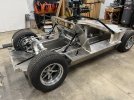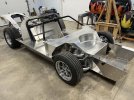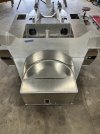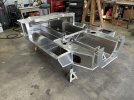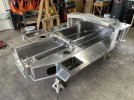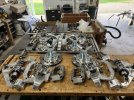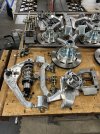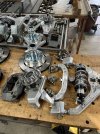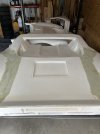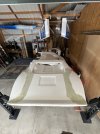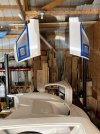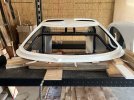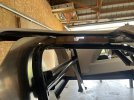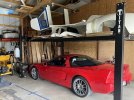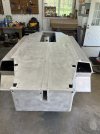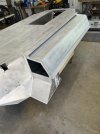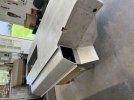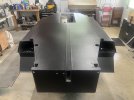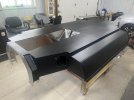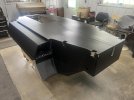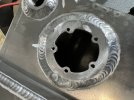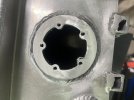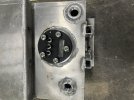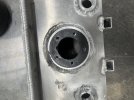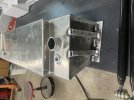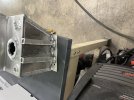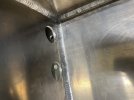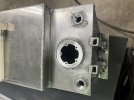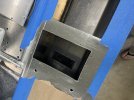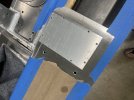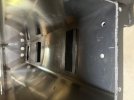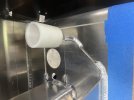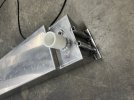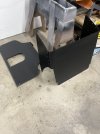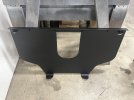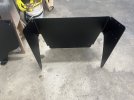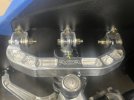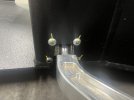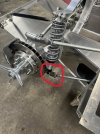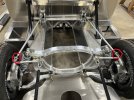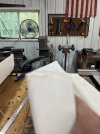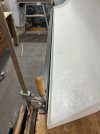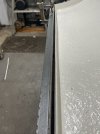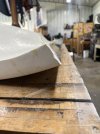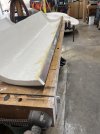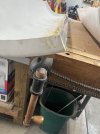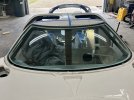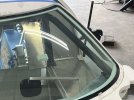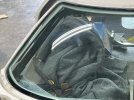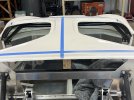Well, here we go.
I order my RCR40 on February 2, 2023.
In late March 2024 I received the email from RCR that my car will be ready for pick up in early April.
I borrowed my neighbor's trailer, my son and I took April 15th off of work (1 day after my 50th birthday) and headed north to Detroit.
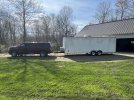
We had a little hiccup north of Marion OH when the awning on the trailer decided it wanted to open while traveling at 65MPH. In case you were wondering, an awning open while going down the road at 65MPH is not good on the awning. A pocket knife and some wrenches later, the awning was off the trailer and we were on the way.
One we arrived at RCR, this is what we found...
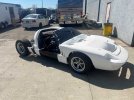
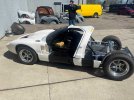
We loaded it up, drug it home, unloaded it, and put it in the workshop.
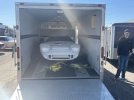
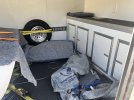
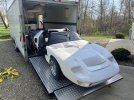
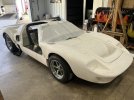
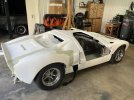
Now the work begins.
I order my RCR40 on February 2, 2023.
In late March 2024 I received the email from RCR that my car will be ready for pick up in early April.
I borrowed my neighbor's trailer, my son and I took April 15th off of work (1 day after my 50th birthday) and headed north to Detroit.

We had a little hiccup north of Marion OH when the awning on the trailer decided it wanted to open while traveling at 65MPH. In case you were wondering, an awning open while going down the road at 65MPH is not good on the awning. A pocket knife and some wrenches later, the awning was off the trailer and we were on the way.
One we arrived at RCR, this is what we found...


We loaded it up, drug it home, unloaded it, and put it in the workshop.





Now the work begins.
Last edited:

